10 Most Popular Computers in History
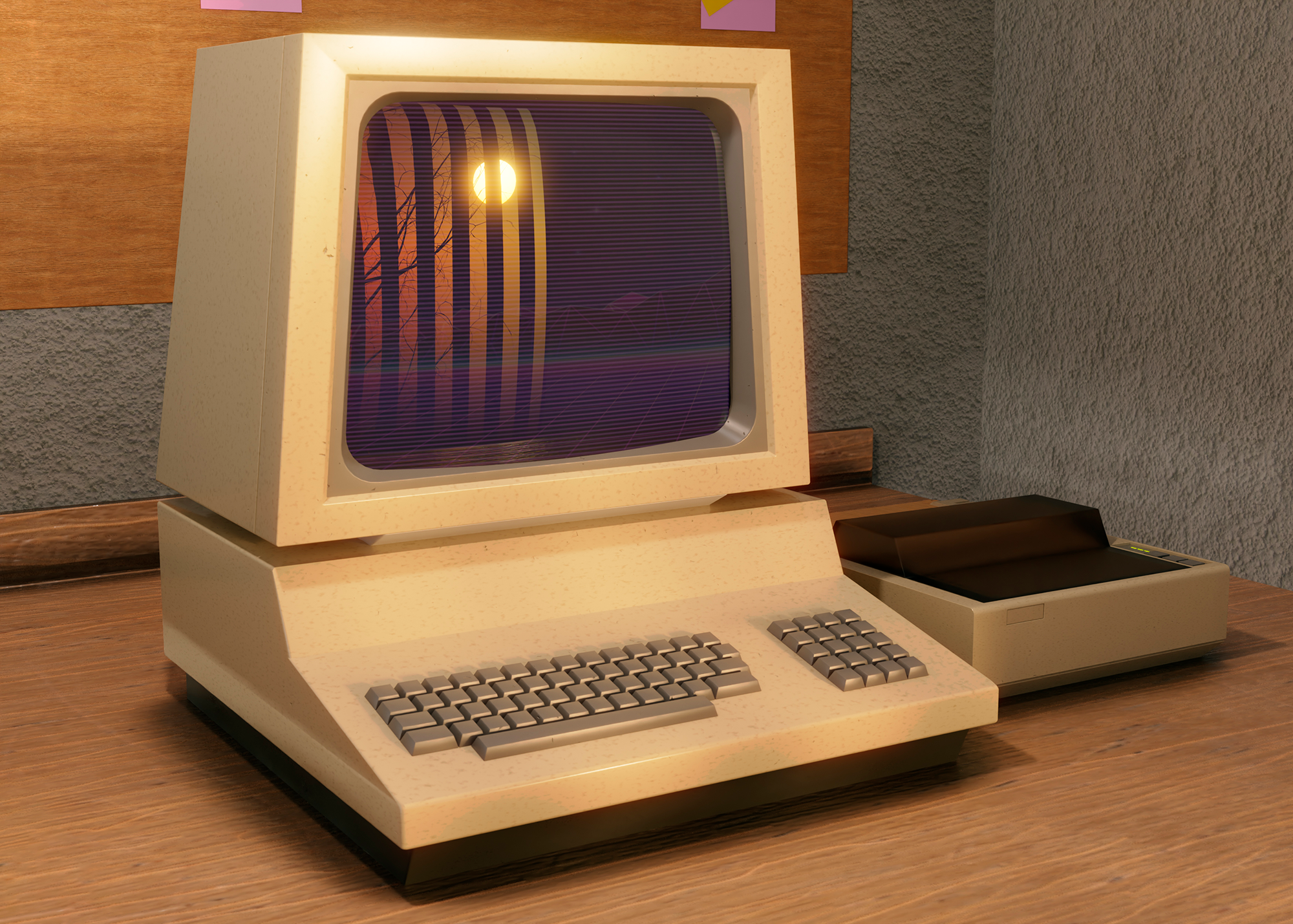
10 Most Popular Computers in History
February 29, 2024
Many years have passed, and over time the evolution of computers marked generations, implying innovation in business and excitement for the consumer. The technological creations shaped the structure of society, culture, and entertainment.
1 – ENIAC (Electronic Numerical Integrator and Computer): The First General-Purpose Electronic Computer
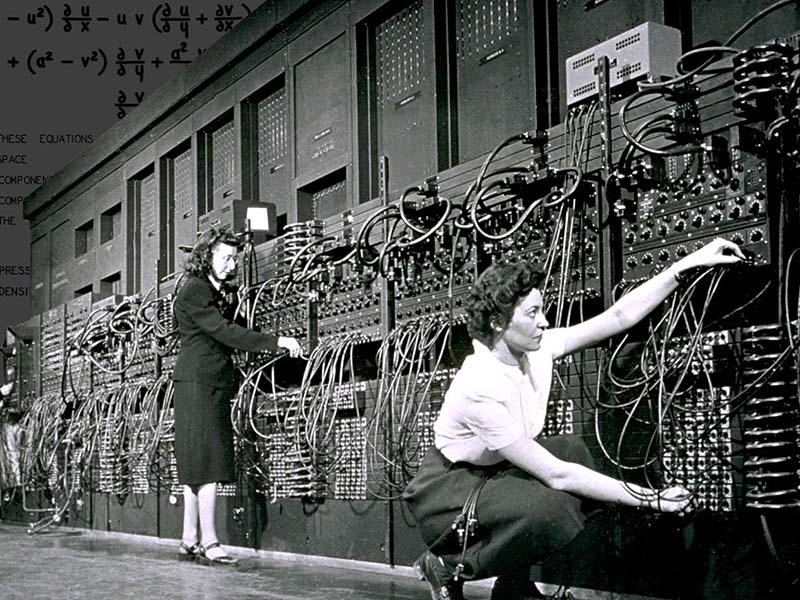
It was a massive machine, occupying a room and consisting of over 17000 vacuum tubes. ENIAC was ordered during World War II for military calculations, particularly for artillery trajectory tables.
ENIAC could perform at unprecedented speeds and laid the groundwork for advancements in scientific research, engineering, and various industries. However, its impact on culture and entertainment was indirect, as its primary focus was military and scientific applications.
The emergence of electronic computing helped to generate a paradigm shift in how information is processed and paved the way for the foundation of the digital age.
2 – IBM 360 Series: Pioneering Mainframe Series and Standardization

Introduced in 1964, played a crucial role in popularizing mainframe computers. It offered a range of models for different business needs, contributing to the standardization of computer systems. It was a groundbreaking project that aimed to provide a compatible family of computers with a wide range of models catering to different business needs.
The IBM 360 Series had a profound impact on society by standardizing computer architectures, allowing businesses and organizations to develop software and systems that could be easily transferred between different models within the series. This standardization contributed to the widespread adoption of mainframe computers in various industries, leading to increased efficiency in data processing and business operations.
3 – Commodore 64: Best-Selling Personal Computer Model
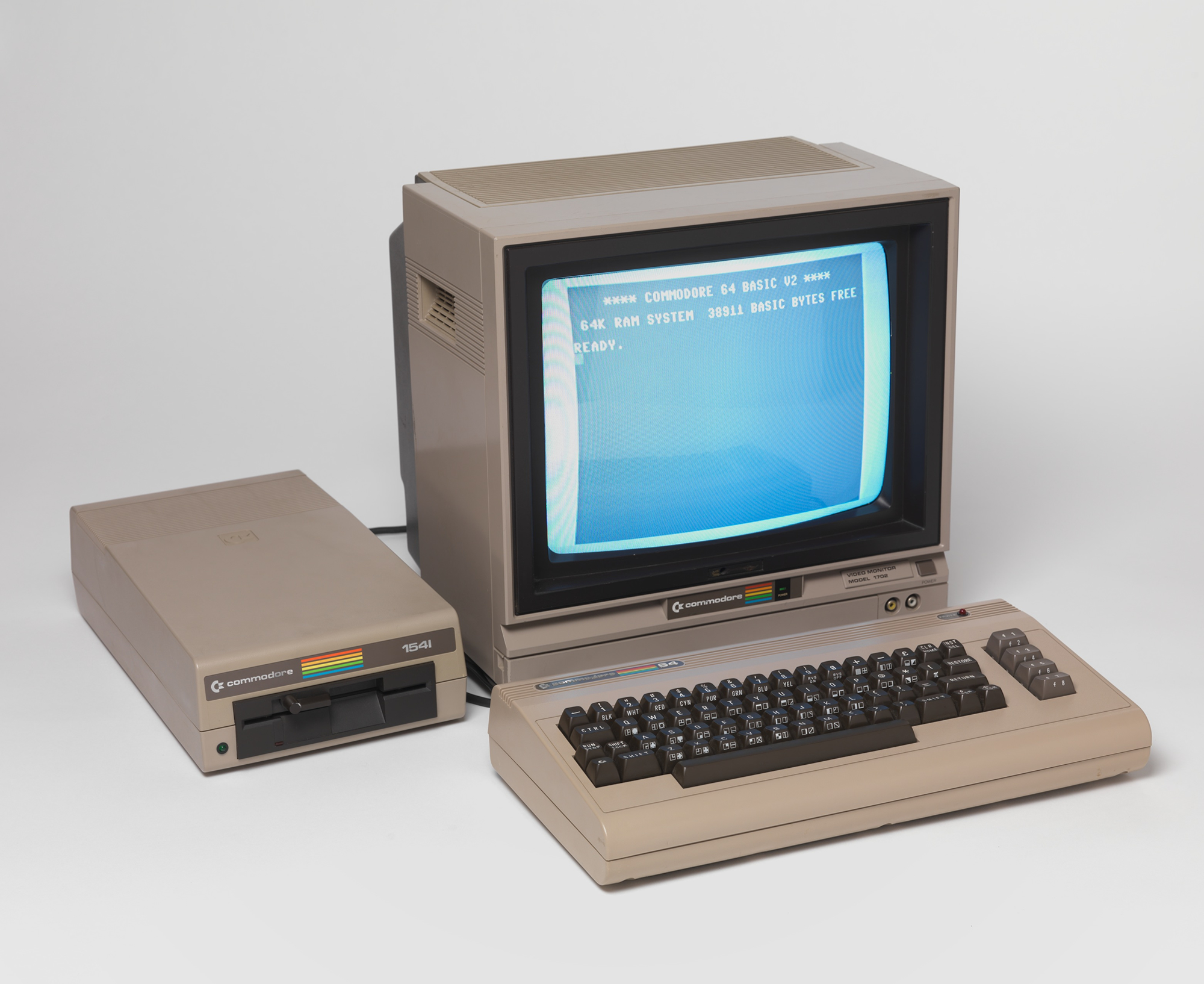
Released in 1982, it is considered the best-selling single computer model of all time and an iconic technological symbol of the 80s, making it a popular choice for home users and game developers. It featured an impressive 64 kilobytes of RAM, advanced graphics and sound capabilities for its time and a large software library.
This model brought computing into homes on a massive scale. Its affordability and versatility made it accessible to a wide range of users, including a generation of computer enthusiasts and hobbyists.
4 – Apple iMac G3: Iconic Design
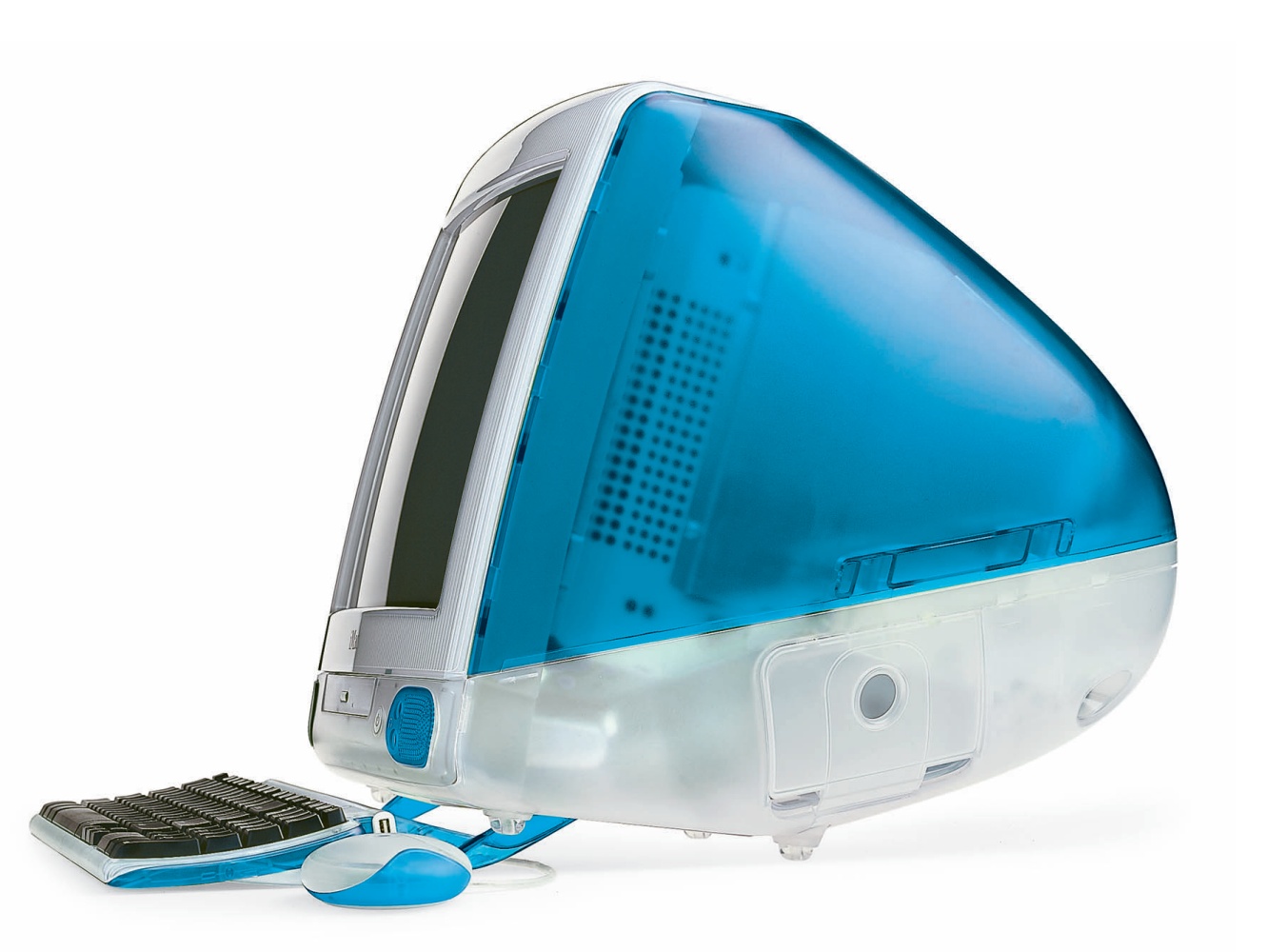
With its colourful, translucent shell, the Apple iMac G3 revolutionized computer aesthetics and became an icon in terms of design. This device, launched in 1998, was designed by Jony Ive and inspired by consumer products – such as portable radios or kitchen appliances.
This appeal to a broader audience challenged the notion that computers were purely utilitarian devices. The iMac G3 played a role in Apple’s resurgence, contributing to the company’s financial recovery.
Culturally, the iMac G3 also became a symbol of innovation and consumer-friendly technology.
5 – Atari 2600: Massive Popularity in Gaming
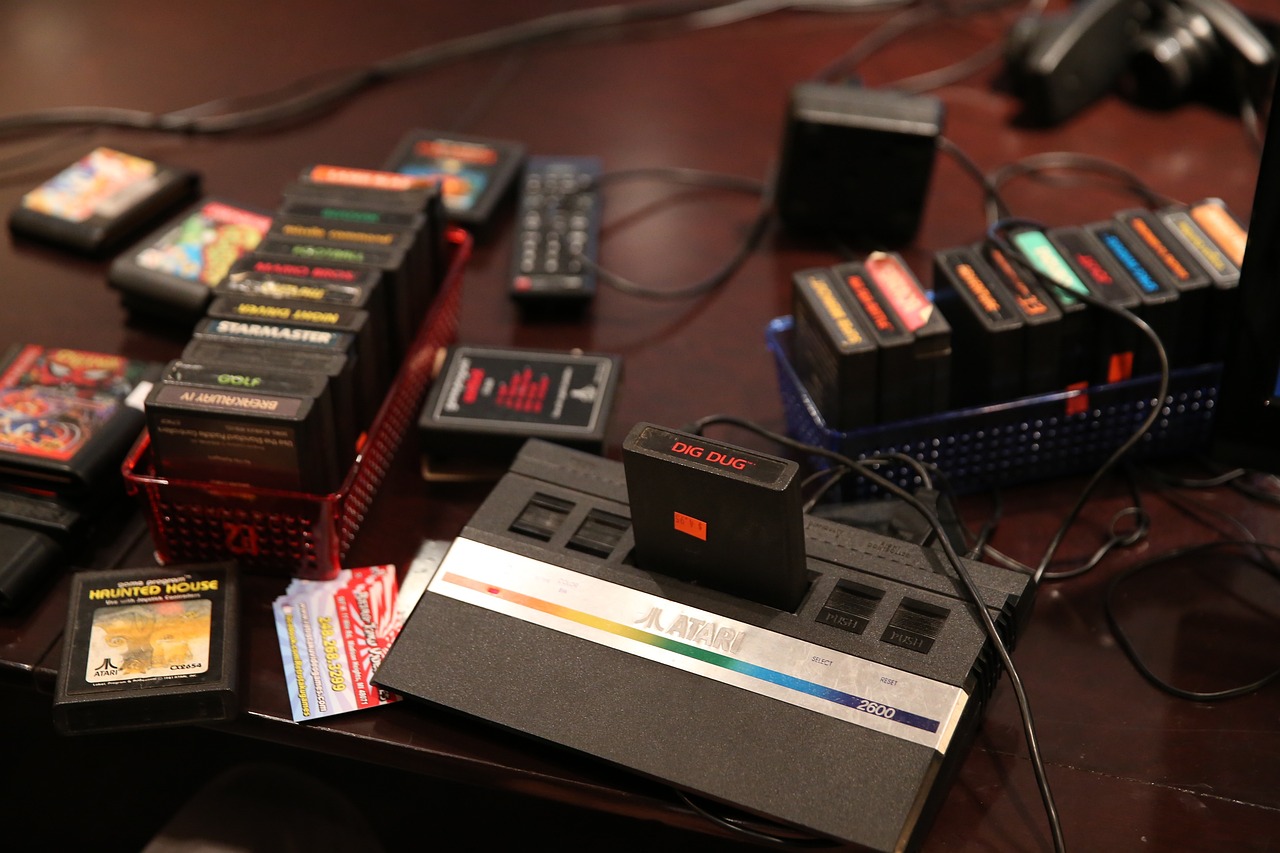
Atari was the first widely successful home video game console. Released in 1977, the computer played a pivotal role in bringing video games into homes and impacting millions of people. This cultural phenomenon can claim a percentage of the credit for laying the foundations of the gaming industry, once video games were primarily found in arcades in the early 70s.
The console featured interchangeable cartridges and is also known for letting players experience classical games like “Pong”, “Space Invaders”, and “Pac-Man”.
6 – Compaq Portable: Take It Anywhere

The idea of transporting a recent and complex machine as a suitcase was a milestone. This innovation contributed to the development of the popular laptop culture.
This device, launched in 1982, was one of the first IBM PC-compatible portable computers, equipped with a built-in monitor and keyboard; offering greater mobility and flexibility.
7 – Nintendo Entertainment System (NES):
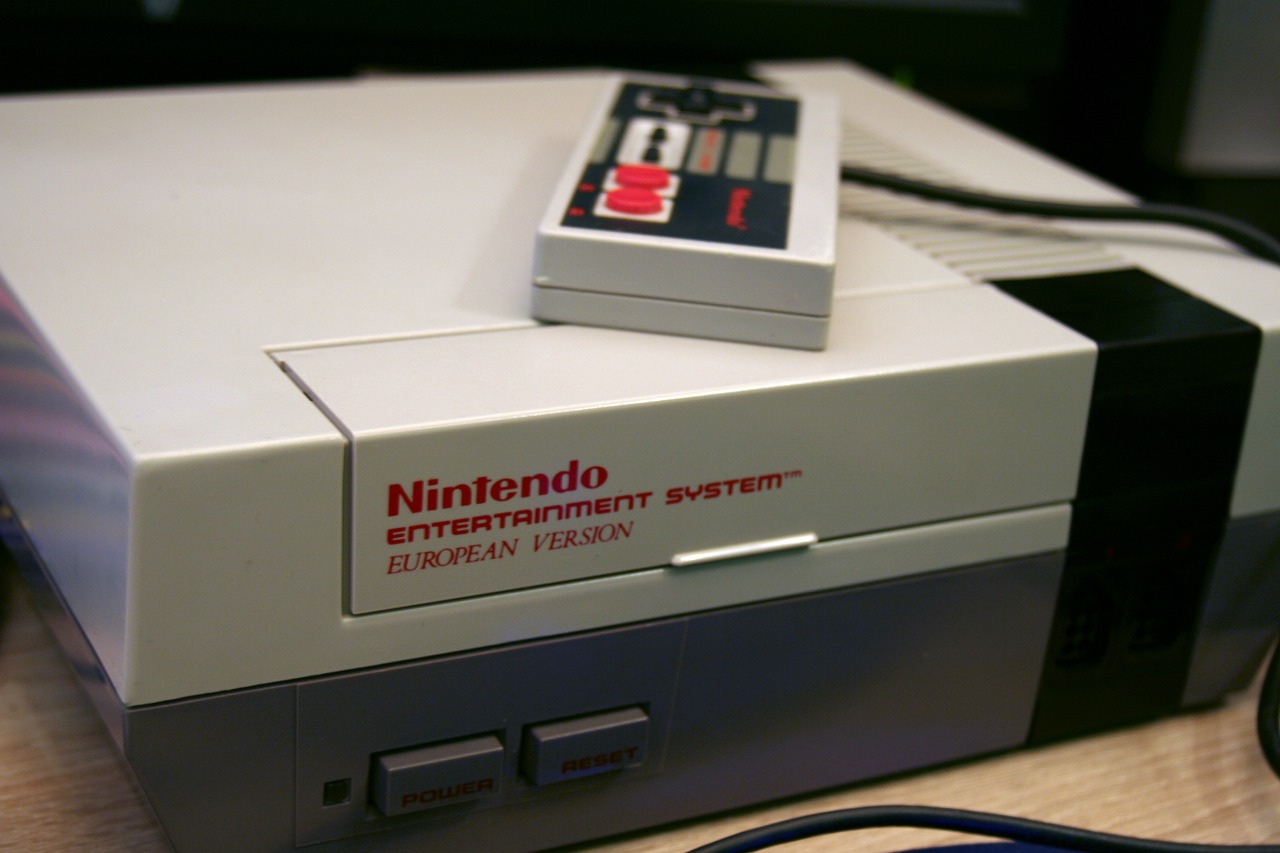
This small grey box was born in 1983 and, nowadays, in retrospection, is considered one of the most influential video game consoles in history.
Does Super Mario Bros and The Legend of Zelda say anything to you? Those iconic franchises came with NES. Nintendo revitalized the video game industry after the crash in 1983.
8 – One Laptop per Child (OLPC) XO-1: Symbol of Opportunity
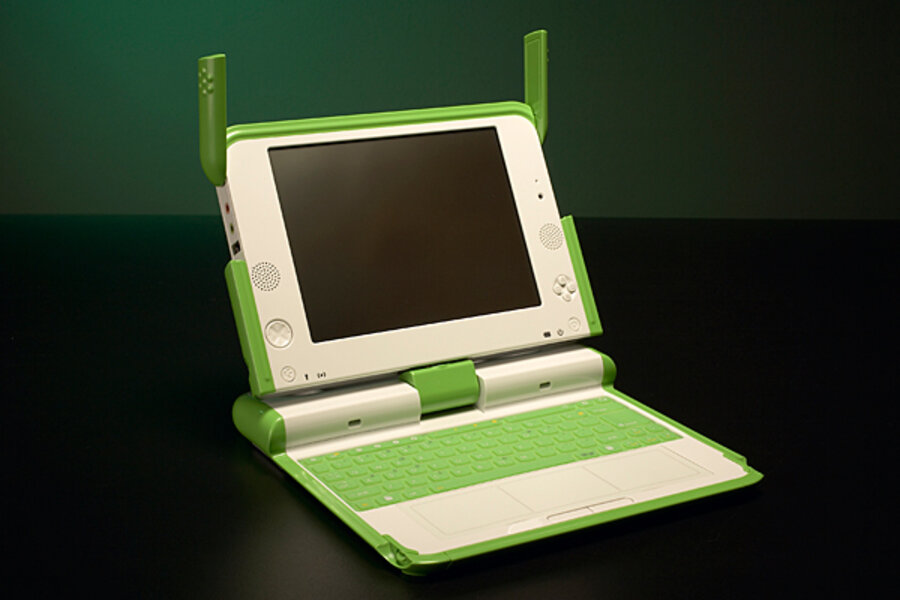
In 2007, a man called Nicholas Negroponte, MIT Media Lab’s founder, thought about a plan with the potential, he believed, to impact the world and fight social injustices. The scientist elaborated a program based on the massive distribution of resistant laptops to developing countries – aiming to reduce the informational and technological gap worldwide between children.
Unfortunately, the plan didn’t go well in the matter of sustainability, but OLPC XO-1 represents the human search for emphasizing the importance of technology in education.
9 – Macintosh Plus: User-Friendly
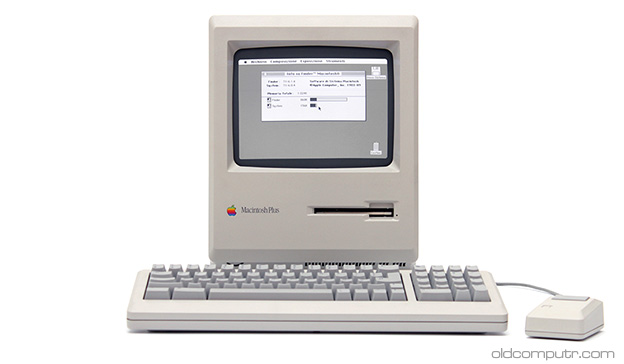
More memory, improved hardware, and enhanced capabilities: The Macintosh Plus, introduced in 1986, contributed to Apple’s Macintosh series evolution.
The Macintosh Plus is notable for its expandable RAM, support for the Apple ImageWriter printer, enduring popularity, system software upgradeability, and a significant role in the desktop publishing revolution.
It remains a key milestone in the history of Apple’s Macintosh line and the broader evolution of personal computing.
10 – Apple iPad: Revolutionary Way to Engage with Digital Content

The Apple iPad transformed the way people consume content and interact with technology. This innovation offered the possibility to use a sleek and portable device with a touch interface.
With its launch in 2010, by Apple’s then-CEO Steve Jobs, this device promised to fill the gap between smartphones and laptops and offer a new way to experience the internet, multimedia, and applications.
If you enjoyed the content have a look on our website and join us!